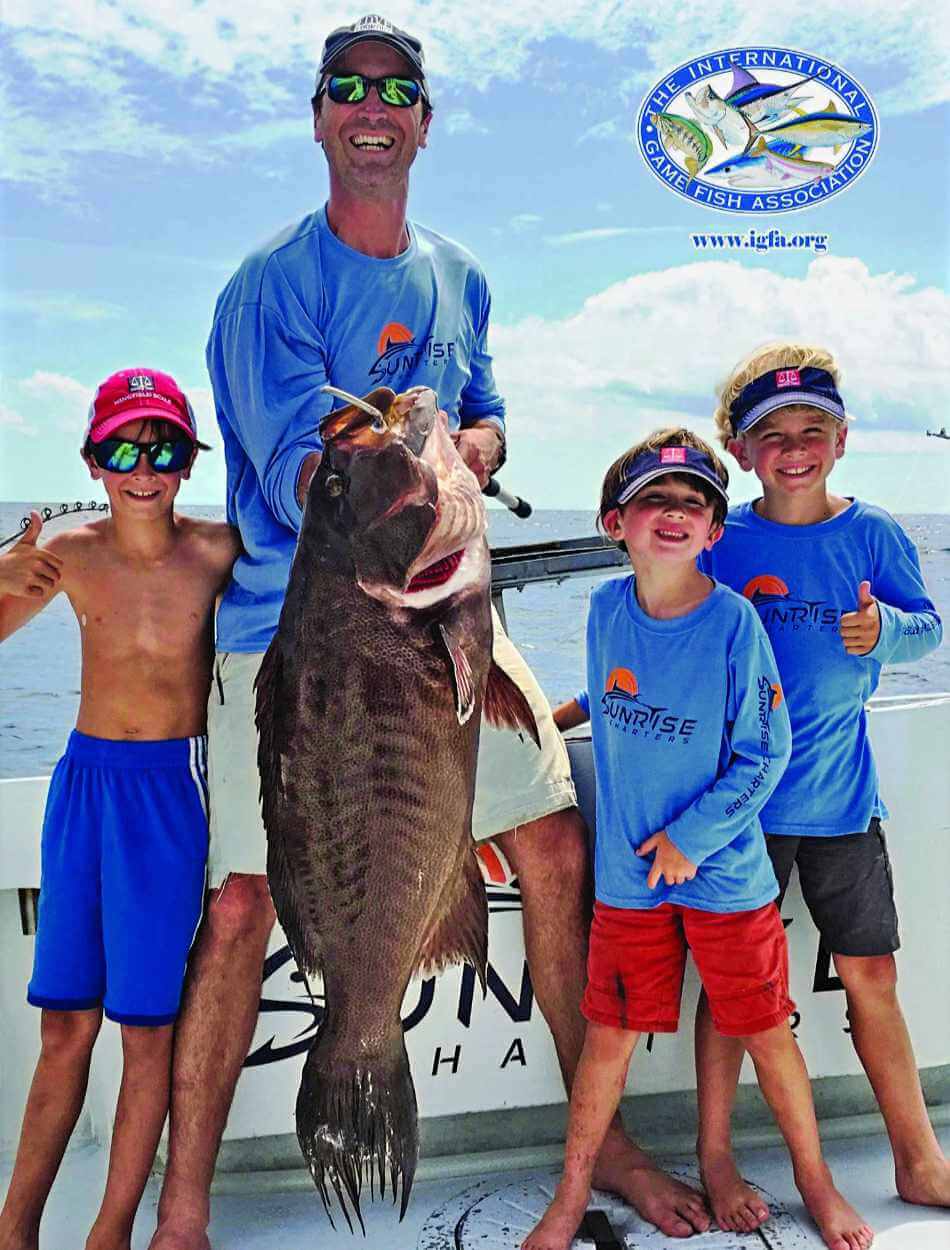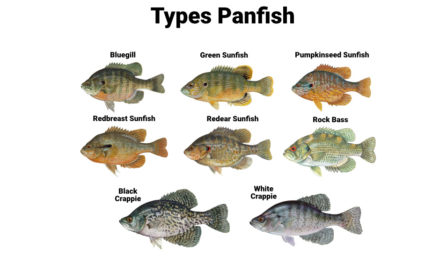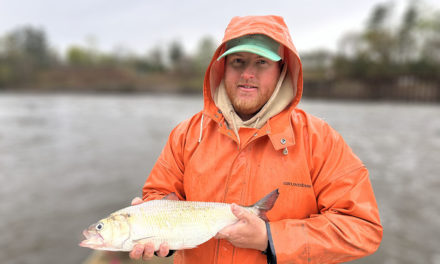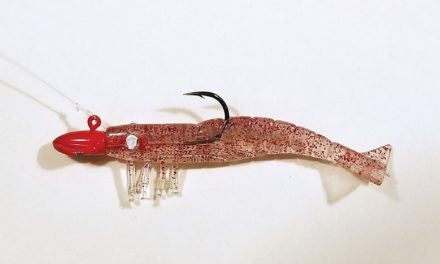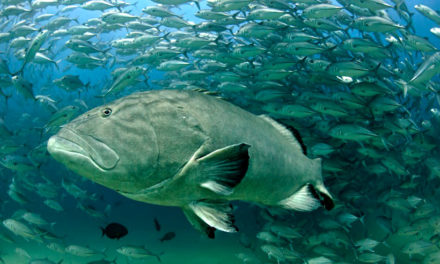September is a peculiar month. Some of the hottest days of the year, hurricane season is in full swing and the first northeast winds and cold fronts are about to occur. It is the time of year when wahoo and yellowfin are caught right up against the beach on big schools of cigar minnows and sardines, or out in the deeper water. There is no rhyme or reason to it this time of year; these fish simply follow the bait schools.
September is also the time of year when scamp grouper are very vulnerable. If you can keep a pinfish trap in the water, it’s a good idea to take live pinfish with you offshore for several reasons. One, pinfish are very hearty and will live until the end of the day in the live well. Two, they are very sought after by scamps because scamps view them as egg eaters and will kill them (eat them) so they don’t eat their eggs. And three, they are readily available at all fish cleaning stations and at most marinas. Yes, I strongly suggest taking two or three boxes of frozen cigar minnows for bait, but live pinfish are a ringer for scamps and other grouper/snapper species in the deeper water.
September is when you will see all the tropical species in places you don’t usually see them. All the tropical snappers are everywhere now. Frozen cigar minnows on the Squid Decoy Jig are an excellent option, but live cigs and sardines are a “whole other story.” As shown in the photo, Teddy Wingfield set the all-time International Game Fish Association world record scamp by using the 12-ounce Barefoot Squid Decoy Jig baited with a cigar minnow. Proof is in the pudding—and here’s your proof.
I’ve always said if you find the bait, you find the fish, and if you find big marks of bait (cigs, sardines, tinks, beeliners, etc), you’ll find the fish. It’s always a good thing to have a “spotlight trolling motor” option to be able to sit on the bait or at least slow your drift in currents, but fish under the bait on or near the bottom for grouper and snappers, and keep the light line out for all the pelagics.
Designate one person in the crew to tend to multiple light-line baits. Do not let this person get complacent and start bottom fishing. The same person should stay focused on the baits and working the Sabiki for whatever bait is below the boat. I’ve always said, “Don’t walk into a Chinese restaurant and order a pizza,” meaning whatever is there is what they’re eating! A couple of obvious exceptions to this are pinfish on the bottom and greenies/sardines; these baits are universal. We can’t keep gag grouper this time of year or American red snapper, but you can definitely fill the box with other species.
Be ready for that big bite on the light line by choosing your tackle wisely as well. Yes, you need to keep the leader (floro and wire) size small to get the bites, but use the correct size hooks, reel, and line capacity to handle bigger fish. As I mentioned earlier, this is the time of year when wahoo are everywhere—and nowhere to be seen. You could catch a giant wahoo or tuna inshore, or in the deep water, just be prepared for it and be ready to chase it down if need be. The kite is always a great option if you have the team that can fly the kite and bottom fish simultaneously, as it can be a challenge with wind speed, direction, and current.


